Image Annotation Services
Get pixel-accurate results with image annotation outsourcing, custom formats, and cloud integration.
RUN FREE PILOTTrusted by 100+ Customers



























Who Benefits from Our Image Annotation Services
ML Engineers
Building image-based ML models for tasks like object detection and classification
Dealing with time-consuming in-house image annotation workflows
Dataset Business
Selling annotated image datasets to clients
Need high-quality image annotations delivered quickly
AI-Powered Business
Using ML models for image recognition or automated inspections
Overwhelmed by growing image datasets needing annotation
Academic Researchers
Need annotated image datasets for peer-reviewed research
Struggling with limited time for manual image annotation
Types of Image Annotation Services We Offer
Rectangles
Polygons
Cuboids
Keypoints
Semantic segmentation
Instance segmentation
Panoptic segmentation
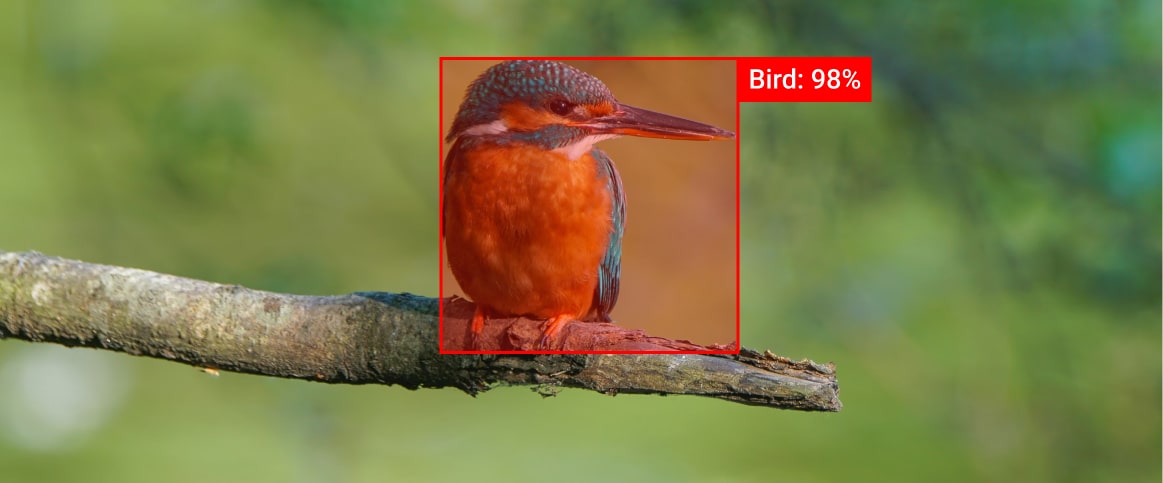

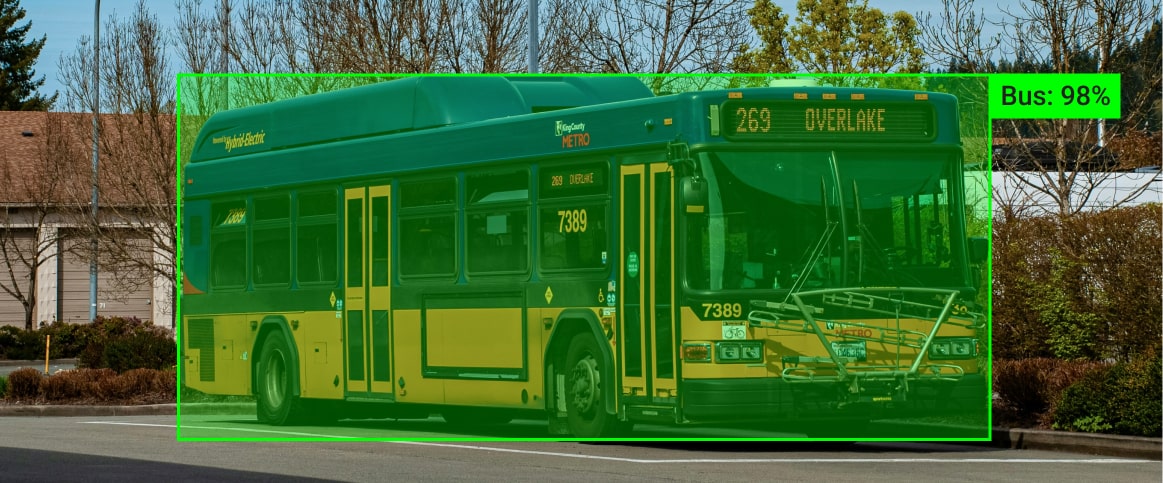

Localizing and classifying objects quickly, works for well-defined objects.
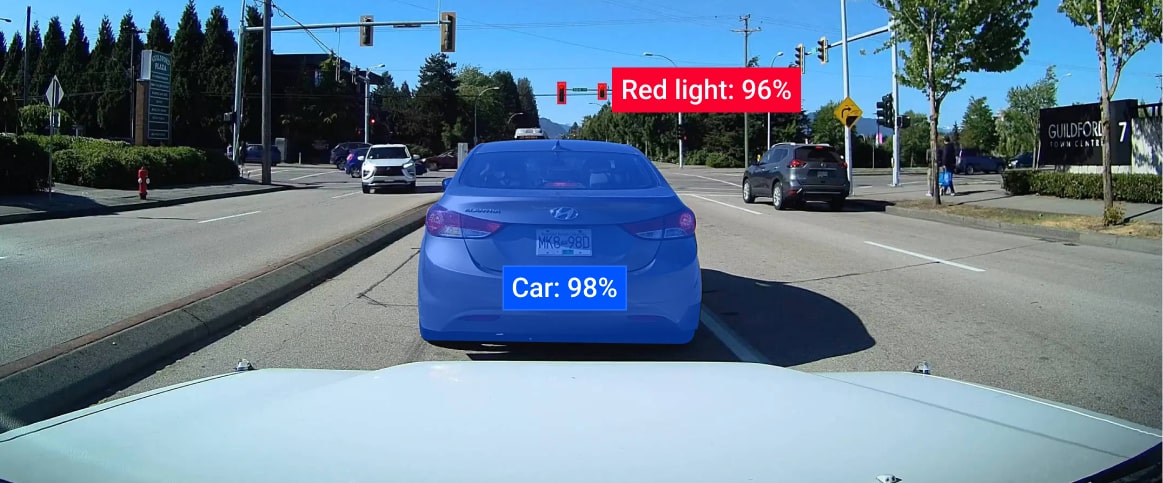
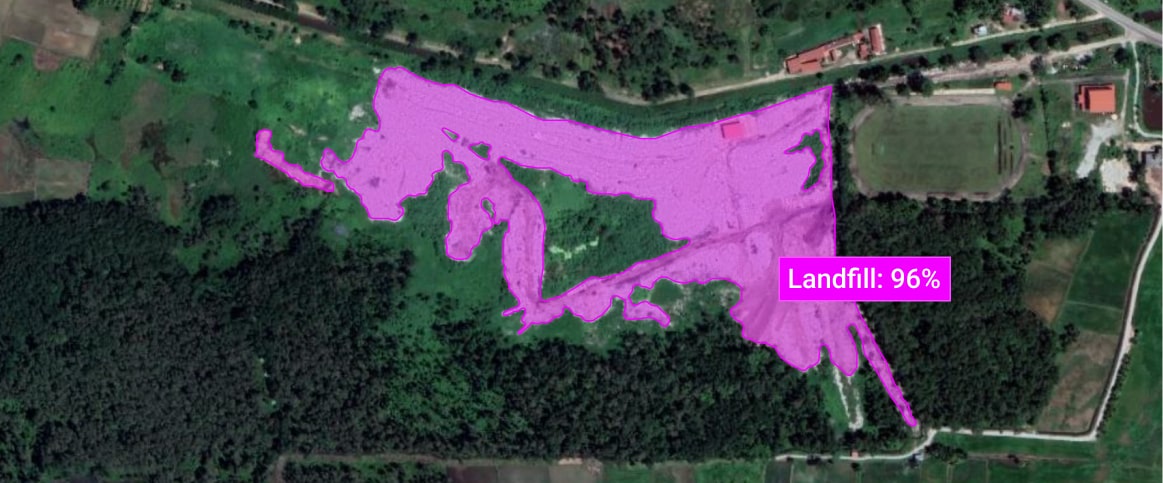

Making detailed shapes when accuracy is critical.

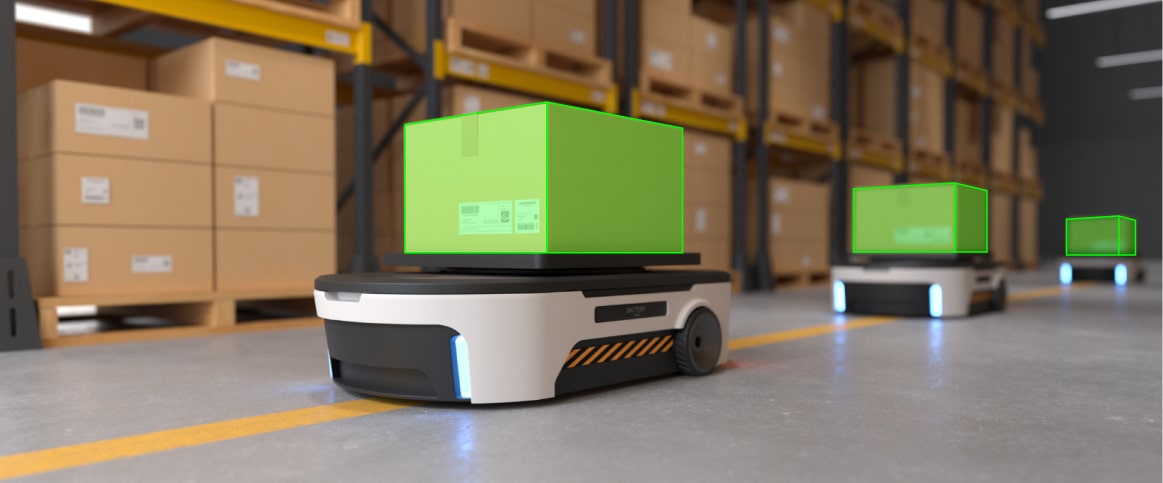

Working with 3D objects and environment to label data in three dimensions.



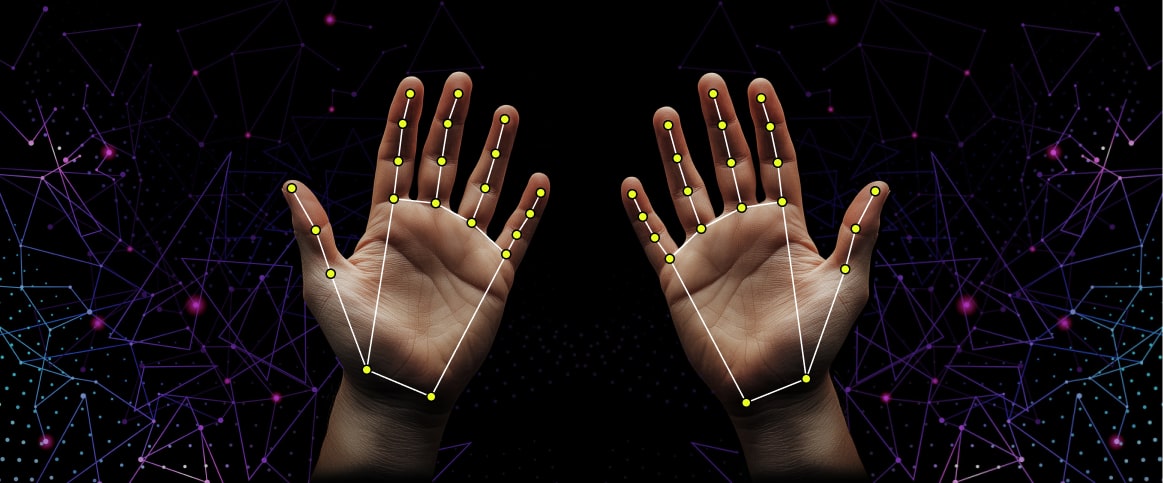
Tracking fine details such as facial features, skeletal structures, or joint positions.


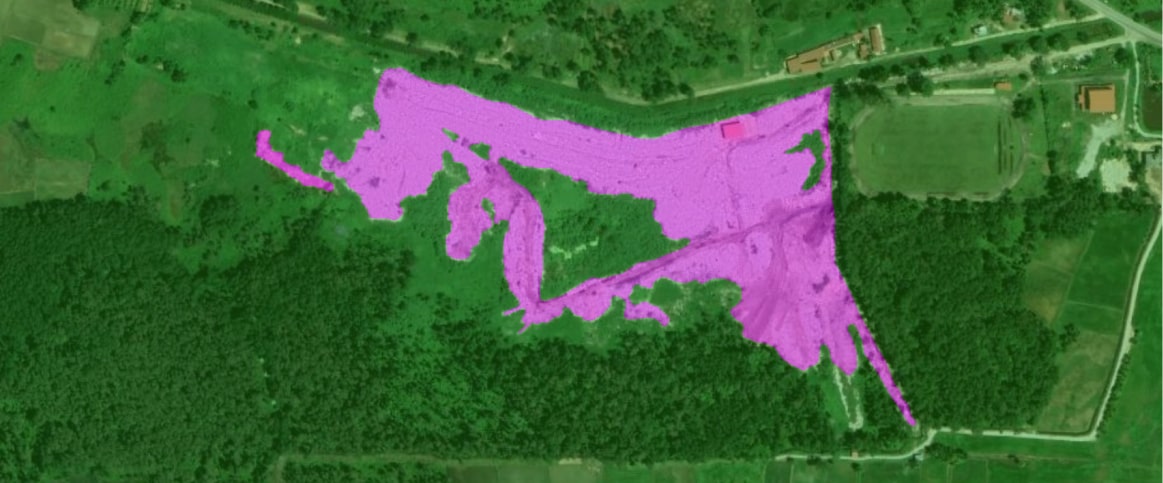
Making precise pixel-level classification when it is important, but individual object distinction is not needed.


Segmenting when you need to differentiate between individual objects that belong to the same category.

Segmenting when you need both pixel-level classification and individual instance differentiation in complex scenes.
Rectangles




Localizing and classifying objects quickly, works for well-defined objects.
Polygons



Making detailed shapes when accuracy is critical.
Cuboids



Working with 3D objects and environment to label data in three dimensions.
Keypoints




Tracking fine details such as facial features, skeletal structures, or joint positions.
Semantic segmentation



Making precise pixel-level classification when it is important, but individual object distinction is not needed.
Instance segmentation


Segmenting when you need to differentiate between individual objects that belong to the same category.
Panoptic segmentation

Segmenting when you need both pixel-level classification and individual instance differentiation in complex scenes.
How Our Image Annotation Services Work
Free Pilot
Send your image dataset for free annotation and experience our service firsthand.
QA
Examine the pilot results to ensure they match your quality requirements and budget.
Proposal
Get a customized proposal based on your image annotation needs and goals.
Start Labeling
Start the image annotation process with our expert team to enhance your model.
Delivery
Get your annotated images delivered promptly to maintain your project timeline.
Calculate Your Cost
Estimates 
Send your sample data to get the precise cost FREE
Why Projects Choose Label Your Data
No Commitment
Check our performance based on a free trial
Flexible Pricing
Pay per labeled object or per annotation hour
Tool-Agnostic
Working with every annotation tool, even your custom tools
Data Compliance
Work with a data-certified vendor: PCI DSS Level 1, ISO:2700, GDPR, CCPA
Start Free Pilot
fill up this form to send your pilot request
Thank you for contacting us!
We'll get back to you shortly
Label Your Data were genuinely interested in the success of my project, asked good questions, and were flexible in working in my proprietary software environment.
Kyle Hamilton
PhD Researcher at TU Dublin
Trusted by ML Professionals
FAQs
What factors affect the accuracy of image annotation services?
Several factors influence annotation quality, including clear guidelines, annotation method selection, and workforce expertise. Inconsistent labels, unclear object boundaries, or subjective annotations can lower model performance. Establishing rigorous quality control measures, inter-annotator agreement, and AI-assisted validation helps maintain high accuracy.
What are the most common mistakes in image annotation?
Errors in image annotation often stem from inconsistent labeling, boundary inaccuracies, and class ambiguity. Annotators may also introduce bias if guidelines lack clarity.
To minimize these issues, projects should implement standardized annotation protocols, periodic QA reviews, and dataset audits to ensure consistency and reliability.
How do I choose the right image annotation outsourcing provider?
A reliable provider should offer high accuracy, security compliance, and scalable workflows. Look for multistep validation processes, automation-assisted tools, and proven experience in your specific annotation needs. Transparency in workflow, pricing, and annotation quality assurance is also essential for long-term success.
What role does automation play in improving image annotation?
Automation accelerates annotation by handling bounding box creation, segmentation, and object tracking. However, it requires human validation to correct edge cases, fine-tune object boundaries, and ensure contextual accuracy. The best results come from a hybrid approach.
Why should I use an image annotation service for my project?
Using image annotation services saves time and ensures high-quality, consistent data for training AI models. These services provide expertise in handling large datasets, support various annotation types (e.g., bounding boxes, polygons, or semantic segmentation), and can scale to meet project demands. They are ideal for industries like autonomous driving, healthcare, and e-commerce.


